What’s PIR sensor?
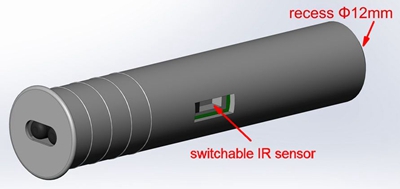
Passive Infrared (PIR) sensors work by detecting the presence of heat energy in confined spaces. Though used in a slightly different way for lighting applications, it’s the same core technology found in thermal imaging devices, advanced telescopes, night vision equipment and a host of other innovative tools.
Affordable and simple to install, PIR sensors are a versatile control type that can work in a wide variety of everyday settings, including single-use bathrooms, meeting rooms and storage areas. However, one drawback is that PIR sensors require a direct line of sight between the sensor and any motion in order to function properly. Because of this, it’s best to use them sparingly in open spaces, as well as areas that are restricted by barriers, walls or other large objects.
PIR sensors are very suitable for enclosed spaces, wall-switch replacements, high-ceiling areas, spaces with high air flow, areas with direct line-of-sight viewing, and spaces in which it is necessary to mask unwanted detection in certain areas. Examples of these spaces include private offices, lobbies, warehouse aisles, hallways, computer rooms, laboratories, library book stacks, conference rooms, storage closets and outdoor spaces.
Issues that might complicate their application include low levels of motion by occupants, obstacles blocking the sensor’s view, and sensors mounted on sources of vibration or within 6-8 feet of air diffusers.
-
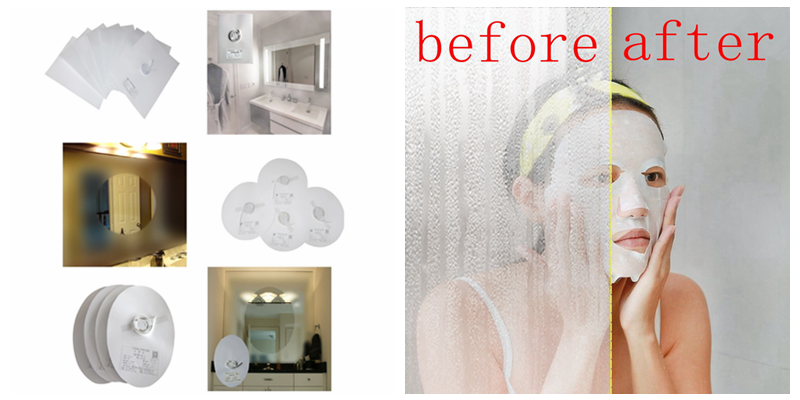 How to Install Heat Pad on Mirror?
How to Install Heat Pad on Mirror?Do you like ?0
Read more -
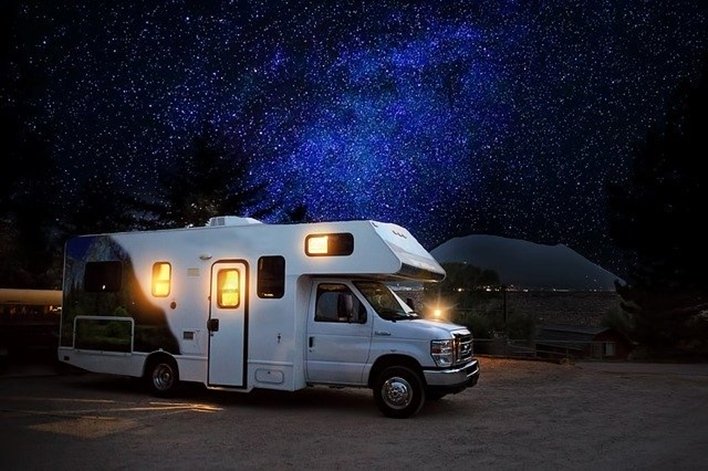 Why LED Lights are Perfect for RVs & Boats?
Why LED Lights are Perfect for RVs & Boats?Do you like ?0
Read more -
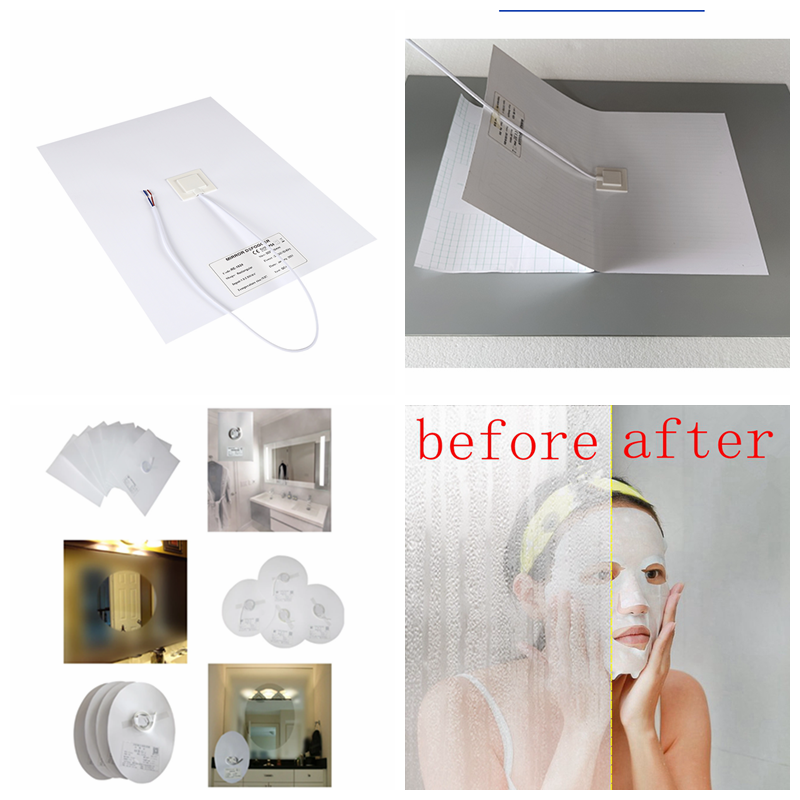 How Good Anti-fog Film for Mirror!
How Good Anti-fog Film for Mirror!Do you like ?0
Read more -
 How do you choose which lights to buy for your RV’s interior?
How do you choose which lights to buy for your RV’s interior?Do you like ?0
Read more -
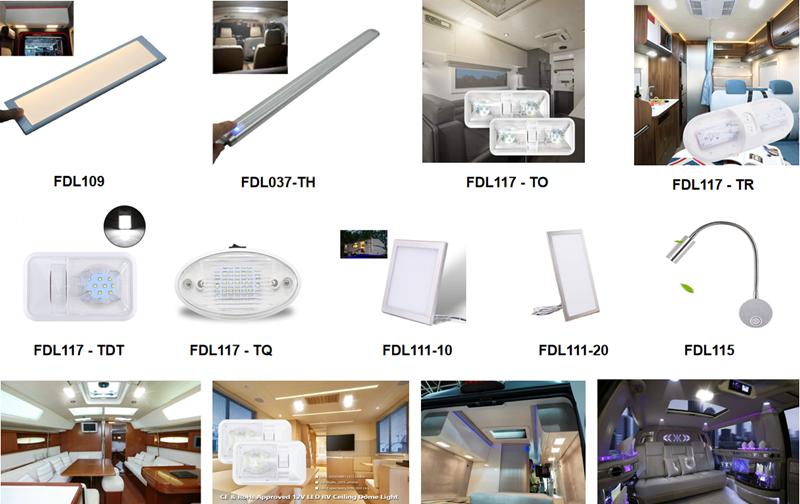 What Are the Most Common Interior Lights Used by RV Manufacturers?
What Are the Most Common Interior Lights Used by RV Manufacturers?Do you like ?0
Read more -
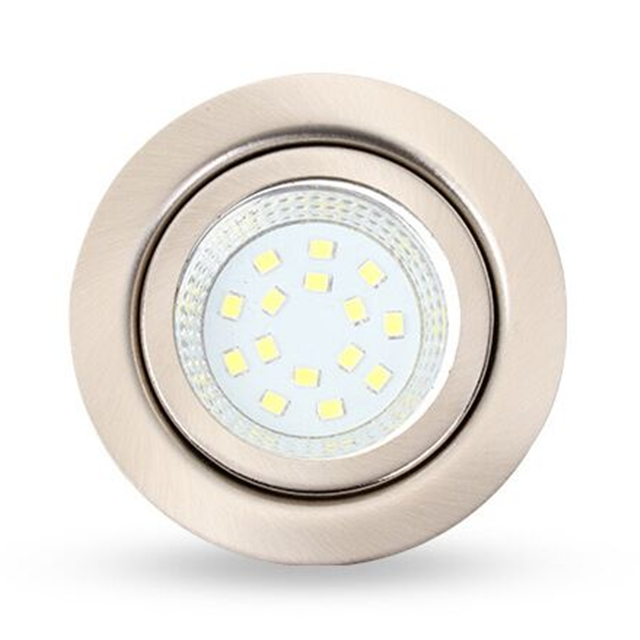 Do You Know The Great Uses for Puck Lights?
Do You Know The Great Uses for Puck Lights?Do you like ?0
Read more






